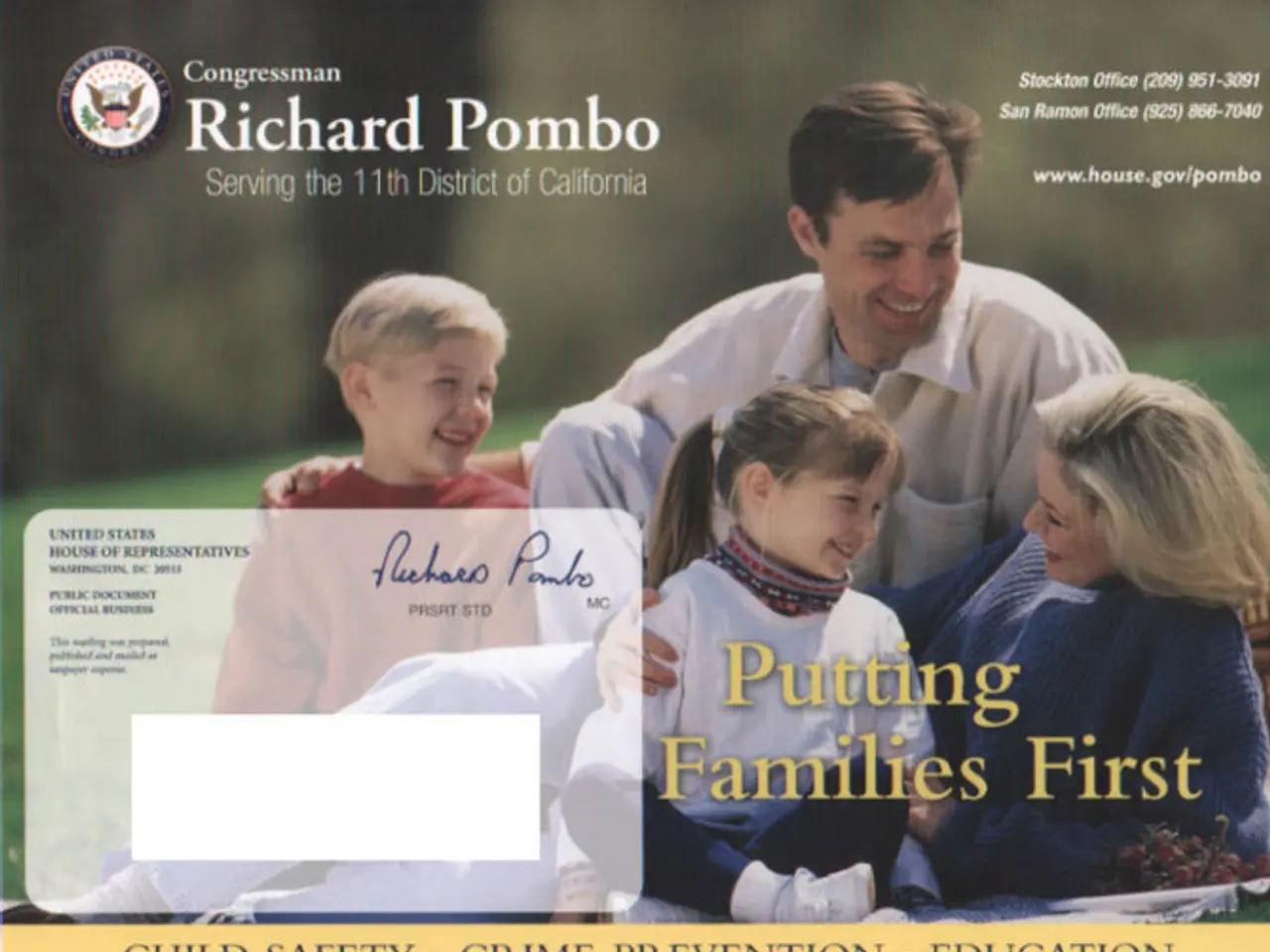Transforming Your Estate Plan through the 529 'Superfund' Strategy
A 529 plan, a popular tool for investing in a child or grandchild's education, offers tax advantages and flexibility for estate planning and wealth transfer. Contributions to a 529 plan are considered gifts and can help reduce the size of your taxable estate.
Superfunding a 529 plan is a strategy that can significantly boost your estate planning goals. By making five years' worth of contributions all at once, you can "fast-track the transfer of wealth out of the estate while leveraging the account's tax-free growth potential." In 2025, the annual gift tax limit for a single contributor is $19,000, and for married couples, it is $38,000. This means that individuals can contribute up to $95,000 per beneficiary in 2025, and married couples can contribute up to $190,000 per beneficiary.
Superfunding a 529 plan allows families to avoid paying gift taxes on large, one-time contributions through 5-year gift tax averaging. For example, a couple could contribute $190,000 to a grandchild's 529 plan, spread over five years, and make no further gifts to that grandchild through 2029, making the contribution gift-tax-free.
The limit applies to each person who is receiving a gift. So, if a couple has three grandchildren, they could contribute $190,000 to each, totaling $570,000, all within the gift tax exclusion.
Superfunding a 529 plan can be a great way to save for a child or grandchild's education expenses while also lowering your taxable estate immediately. By front-loading a 529, you'll be able to avoid paying gift taxes on contributions while maximizing the amount earned in interest over time.
Compounding is a significant benefit of superfunding a 529 plan. For instance, a single lump-sum $80,000 contribution compounded at 8% over 18 years would grow to $319,681, compared to $292,641 when the same amount is spread out over 5 years.
It's important to note that technically, you could contribute more than $95,000, but then your lifetime federal estate and gift tax exemption amount would be reduced. Currently, the lifetime federal estate and gift tax exemption amount is $13.99 million per individual, or $27.98 million for a married couple filing jointly.
50% of Americans don't know what a 529 plan is, according to a study from Edward Jones. However, contributing to a child or grandchild's 529 plan could be one of the best ways to do so, while also securing your financial future. Money in a 529 plan grows free from federal and state taxes, as long as withdrawals are for qualified educational expenses.
There are various resources available on the topic, including articles such as "529s: No Longer the Ho-Hum Investing Device for College," "529 Plans: Give the Gift of Education (and Compounding)," "Using a 529 Plan? Here's What to Keep in Mind," "Three Key Ways You Can Help a Child or Grandchild Pay for College," and "Three Reasons You Need to Use a 529 Plan (and Two Reasons You Don't)."
In conclusion, superfunding a 529 plan is a strategic move for those looking to save for a child or grandchild's education while also boosting their estate plan goals. It offers tax advantages, flexibility, and the potential for significant growth through compounding. However, it's crucial to understand the implications and consult with a financial advisor to ensure it aligns with your overall financial strategy.
Read also:
- Dual-function mattress offers both cooling and coziness at an affordable price.
- Top-Notch Weed Killers for Fences in 2025: Efficient Boundary Management Solutions for a Clean Fence Line
- Jellyfish invade coastlines, forcing closure of nuclear power plant: jellyfish predicament
- South Pasadena Police Introduce Fully Electric Fleet, Choosing Teslas






